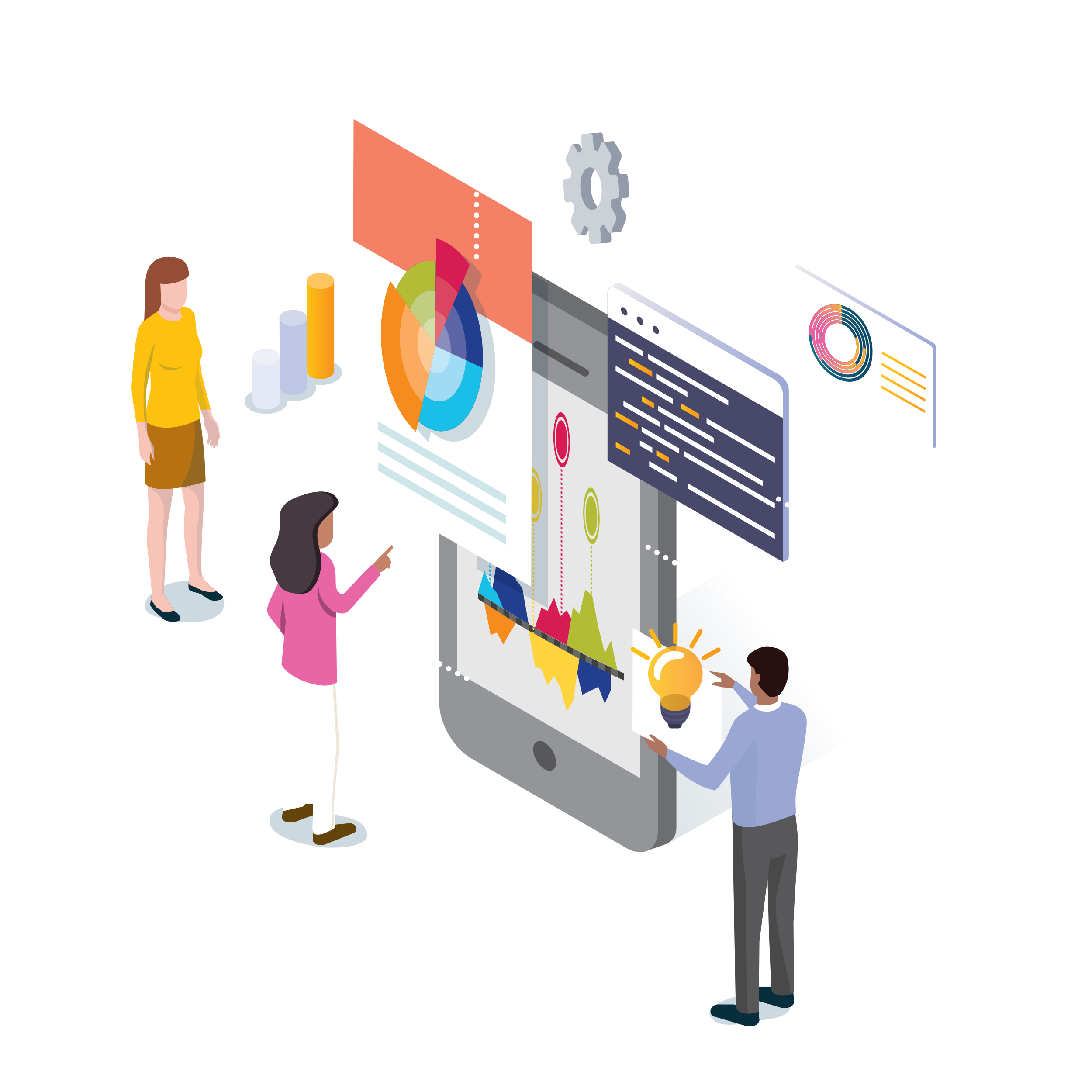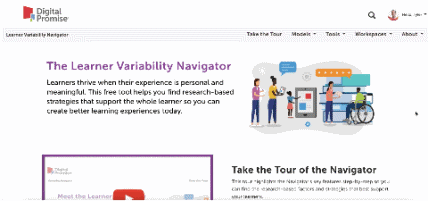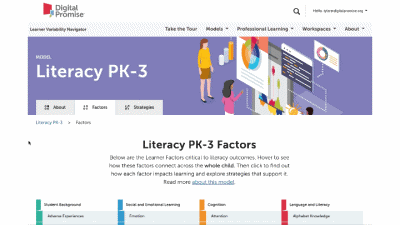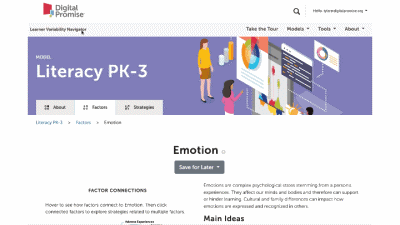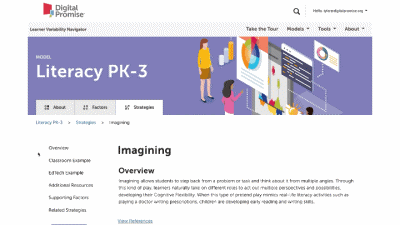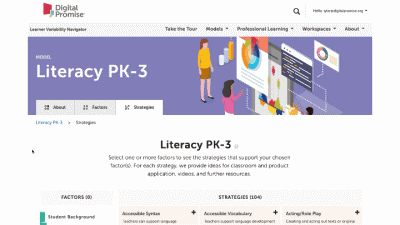Goal Setting & Monitoring
Overview
Goal-setting and monitoring involves teachers working with students to set individualized academic or behavioral goals, plan actions to achieve those goals, and track progress. Goal-setting and monitoring are key skills to becoming a self-regulated learner. They involve complex metacognitive processes, and therefore should be implemented in a developmentally appropriate way. That is, teachers should introduce and model the process while providing ongoing support,encouragement and feedback. Teachers' feedback assists in establishing attainable goals and effectively tracking their progress. It provides insights that students may struggle to gather independently, ultimately guiding them toward necessary adjustments goal attainment. As students build their skills, there should be a gradual increase in the learners' responsibility for their own goal-setting and monitoring. As students track their achievements, it enhances Motivation. Goal-setting and self-monitoring are core components of self-determination that have shown a positive impact on the academic achievement of elementary and secondary students with learning disabilities.
Example: Use This Strategy In in the Classroom
Design It into Your Product
Factors Supported by this Strategy
More Metacognitive Supports Strategies
Creating a culture of error means creating an environment in which errors are valued and encouraged as a necessary part of the learning process, which can help learners view errors and learning more positively.
Feedback is the process of providing learners with information about their learning to support their progress and improvement, and can come from a range of sources, including teachers and peers.
When students are able to encourage themselves through kind and motivating self-statements, they are practicing positive self-talk.
Pre-assessments are tools or activities used before instruction begins to help educators understand what students already know, understand, or can do—and where they may need support.
A rubric is a tool that communicates expectations for success for students to achieve and can include symbols or charts that are easy for students to understand.
